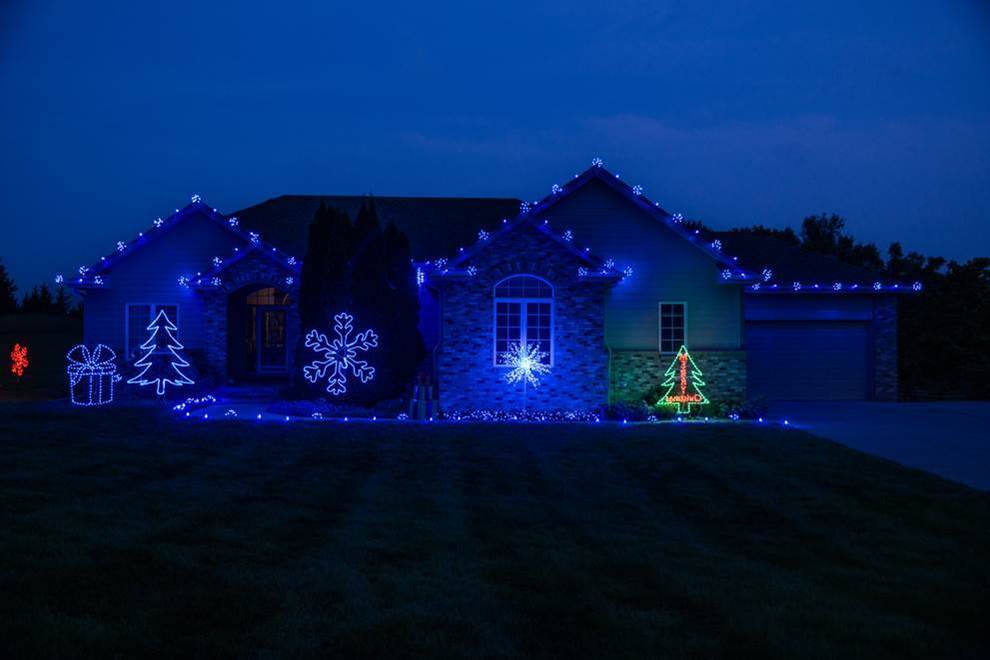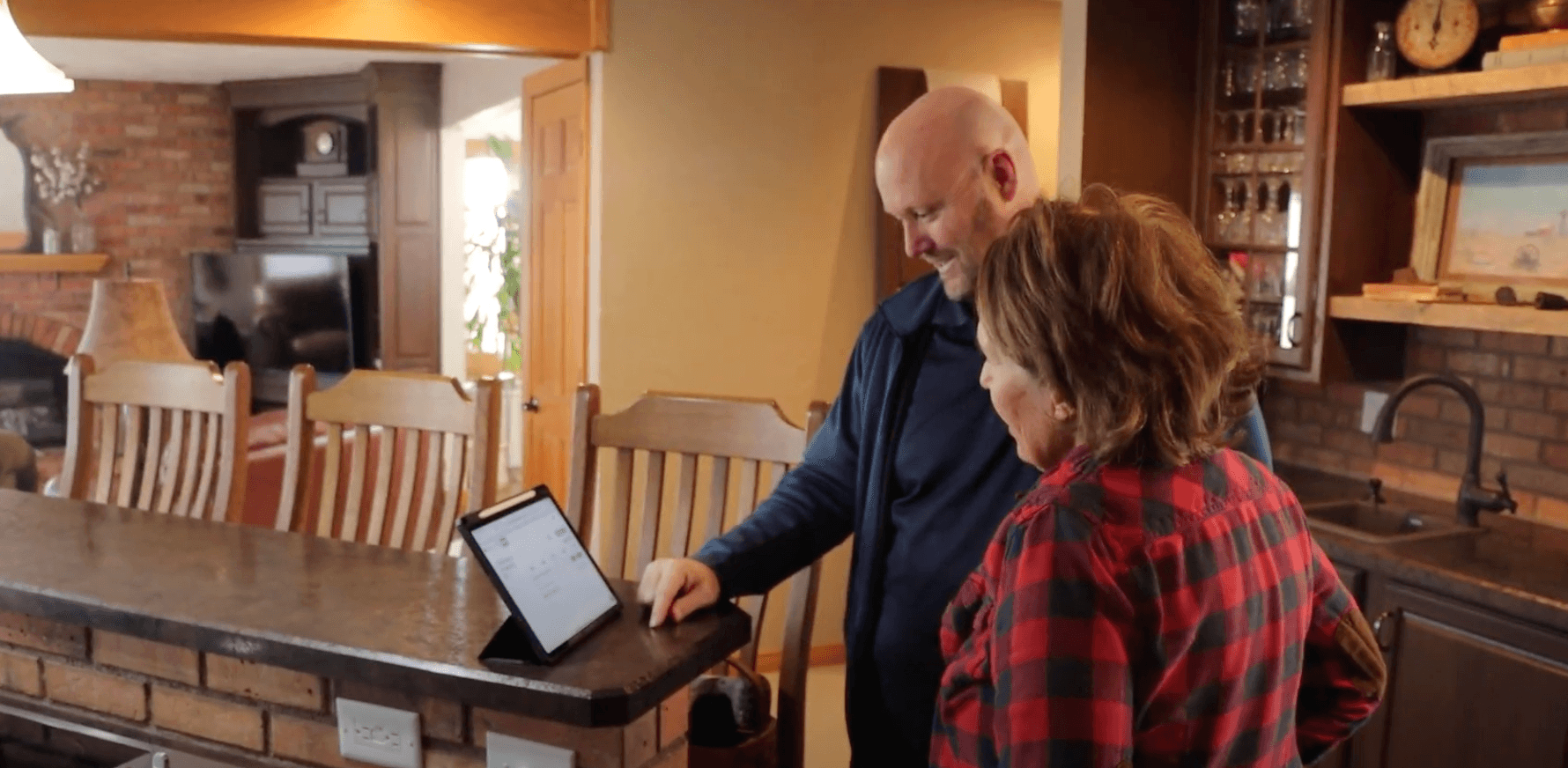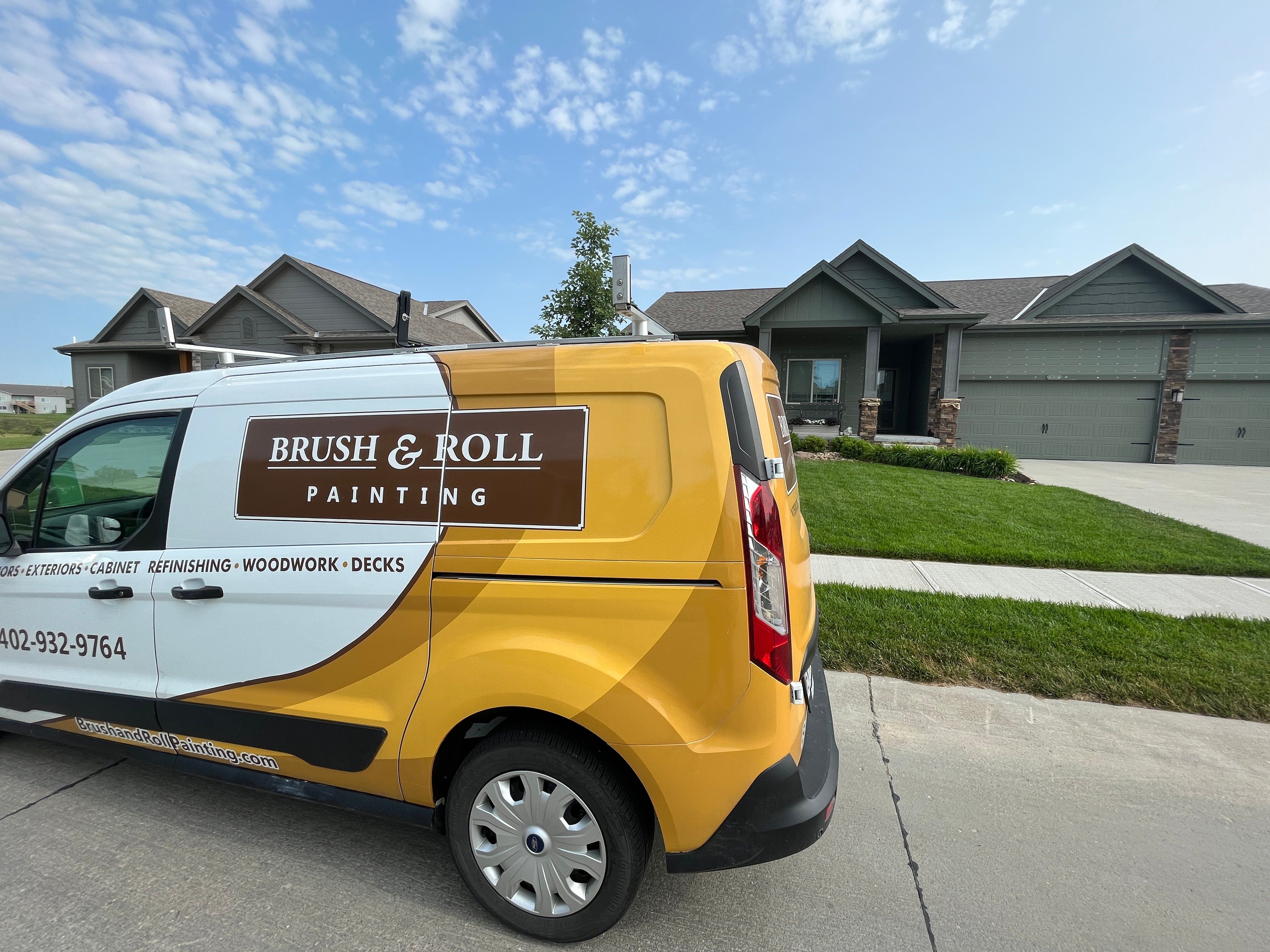How Long Does It Take for Interior Paint To Dry in Omaha?
September 11th, 2024
6 min read

You've just finished painting your living room - or maybe you've just waved goodbye to your professional painters. Either way, you're feeling pretty good about yourself, thinking you'll be able to relax on the couch and your current favorite TV show in no time. But then you remember the paint is still wet and you have to wait until it dries.
If you've ever found yourself in this sticky situation (pun intended), you're not alone. Many homeowners in Omaha and beyond, whether DIY enthusiasts or those who've hired pros, have faced the frustration of waiting for paint to dry. It's like watching grass grow, except with more fumes and a higher chance of ruining your favorite shirt.
Here at Brush & Roll Painting, we've painted thousands of homes across the Omaha area, and we've learned a thing or two about drying times along the way. Our team of expert painters has worked with every type of paint under the Nebraskan sun, in all kinds of conditions.
By the time you finish reading this guide, you'll be a paint-drying expert. Okay, maybe not an expert, but you'll definitely know more than your neighbor who's still waiting for his bedroom walls to dry from last month's paint job.
How Long Does Paint Take To Dry?
Let's start with the basics. When we talk about paint drying, we're actually talking about two different processes: drying and curing. This is true whether you're doing it yourself or you've hired professionals.
Drying is what happens when the solvents in the paint evaporate, leaving the paint feeling dry to the touch. This is what most people think of when they ask, "Is the paint dry yet?"
Curing, on the other hand, is a chemical process where the paint hardens and bonds fully to the surface. This can take much longer than drying, sometimes up to 30 days for certain types of paint.
Now, let's break down the average drying times for different types of interior paint:
- Latex Paint:
- Dry to the touch: 1 hour
- Ready for a second coat: 4 hours
- Fully cured: 2-4 weeks
- Oil-Based Paint:
- Dry to the touch: 6-8 hours
- Ready for a second coat: 24 hours
- Fully cured: 7 days
- Chalk Paint:
- Dry to the touch: 30 minutes
- Ready for a second coat: 1 hour
- Fully cured: 30 days
But here's the kicker: these are just averages. The actual drying time can vary wildly depending on a whole host of factors. It's like trying to predict the weather in Omaha – you might have a general idea, but you should always be prepared for surprises.

Factors That Affect Paint Drying Time
If you thought paint drying was as simple as slapping it on the wall and waiting, think again. These apply whether you're DIYing or you've hired professionals. Let's break them down:
- Humidity: High humidity is paint's worst enemy when it comes to drying. In fact, a study by the Paint Quality Institute found that increasing humidity from 50% to 80% can double the drying time of latex paint.
- Temperature: Paint likes conditions to be just right. Too cold, and the paint becomes thick and sluggish, taking forever to dry. Too hot, and it dries too quickly on the surface while staying wet underneath. The best temperature for paint dry time is between 50°F and 85°F.
- Ventilation: Good airflow is crucial for helping paint dry. It's like having a good fan when you're sweating – it helps evaporation happen faster. But be careful with those ceiling fans if the paint is still wet!
- Thickness of the Paint Layer: Think of it like a slice of bread. A thin slice toasts quickly, while a thick slice takes longer. The same goes for paint – thicker layers take longer to dry. This is where professional experience can really make a difference.
- Type of Surface: Porous surfaces like bare wood or drywall soak up paint like a sponge, which can actually help it dry faster. Non-porous surfaces like metal or glossy paint might need more time.
- Color of the Paint: Believe it or not, darker colors generally take longer to dry than lighter ones. It's all about pigment concentration.
- Quality of the Paint: Like most things in life, you get what you pay for. Higher-quality paints often have better drying properties. This is one area where professionals often have an edge, as they typically use high-quality products.
Tips and Tricks For Speeding Up Paint Dry Times
Now that we know what slows paint down, let's talk about how to speed things up.
- Control the Environment: Use dehumidifiers in damp areas and space heaters in cold rooms (safely, of course). Aim for around 50% humidity and 70°F for optimal drying.
- Improve Ventilation: Open windows on opposite sides of the room, if available, for cross-ventilation. Use fans to keep air moving, but don't point them directly at wet paint.
- Prime First: A good primer can help paint dry faster and more evenly, especially on porous surfaces. This is a step that professionals rarely skip.
- Plan Your Painting Time: Start early in the day to take advantage of natural light and warmth. If you're hiring professionals, discuss the best timing with them.
What Not to Do When Waiting for Paint To Dry
Even the pros make mistakes sometimes. Here are some common blunders that can turn your quick paint job into a week-long waiting game:
- Painting in High Humidity: It's like trying to dry off while standing in the rain. If possible, wait for a drier day or use a dehumidifier.
- Applying Paint Too Thick: Remember, it's not a cake – you're not trying to frost it. This is where professional experience can really shine.
- Ignoring the Recommended Recoat Time: It's tempting to rush, but applying a second coat too soon can lead to peeling or a tacky finish. Follow the manufacturer's instructions or your painter's advice.
- Poor Ventilation: Closing up the room to keep out dust can seriously slow down drying times.
- Painting in Extreme Temperatures: Too hot or too cold, and you're asking for trouble. Professional painters know how to work around weather conditions.
- Using Old or Low-Quality Paint: That half-empty can from five years ago? Maybe not the best choice. Professionals typically use fresh, high-quality paint.
- Forgetting About Cure Time: Just because it's dry to the touch doesn't mean it's fully cured. Be patient before hanging heavy artwork or scrubbing those walls, whether you painted yourself or had professionals do it.

How To Tell if Paint is Dry?
So, you've waited what feels like an eternity, and you're itching to get your room back in order. But how do you know if the paint is really dry? Here's a handy checklist for both DIY and professional jobs:
- The Touch Test: Gently press your finger against the paint in an inconspicuous area. If it feels tacky or leaves a fingerprint, it needs more time.
- The Tape Test: For a more definitive test, press a piece of painter's tape firmly against the wall and quickly pull it off. If the paint comes off with the tape, it's not fully dry.
- The Smell Test: If you can still smell the paint, it's still releasing fumes and isn't completely dry.
- The Sheen Test: Look at the paint from an angle. If some areas look glossier than others, there are still damp spots.
- The Time Test: When in doubt, give it more time. It's better to wait an extra day than to ruin your paint job.
Remember, even if the paint feels dry to the touch, it may not be fully cured. For latex paint, that can take up to 30 days. During this time, be gentle with your newly painted surfaces.
DIY vs. Professional Omaha Painters: Special Considerations
Whether you're tackling the job yourself or hiring professionals, there are some special considerations to keep in mind:
For DIY Painters:
- Be patient and don't rush the process.
- Invest in good quality paint and tools. It can make a big difference in drying time and final results.
- Don't hesitate to ask for advice at your local paint store or painter.
For Those Hiring Professionals:
- Ask your painters about their drying time estimates and what factors might affect them.
- Discuss any concerns about drying time upfront, especially if you need to use the space quickly.
- Trust their expertise on when it's safe to use the room again.
Your Interior Paint Project Dry Time
Remember that initial frustration of not knowing how long you'd have to wait before your room was usable again? With this article, you're now prepared to tackle your next painting project with confidence. You'll be able to plan better, work more efficiently, and avoid those rookie mistakes that can turn a weekend project into a week-long ordeal if you’re doing the project yourself.
Here at Brush & Roll Painting, we're passionate about helping Omaha homeowners create beautiful, long-lasting paint jobs - whether we're doing the painting ourselves or offering advice to DIY painters. We hope this guide has given you a deeper understanding of the painting process and will help you achieve better results in your projects.
Of course, if you find yourself wanting to leave the painting (and the waiting) to the pros, we're always here to help. Our team of experienced painters knows all the tricks to ensure your paint job dries quickly and beautifully. Click the button below to get a quote from Brush & Roll Painting.
If you have yet to hire a painter for your project, get prepared by downloading this free, ultimate guide to hiring a painter. This guide will prepare you to hire the best painter for your project and avoid costly mistakes.
Kaylea is the Brush & Roll Painting Content Manager. Kaylea is a Journalism and Media Communications summa cum laude graduate with a minor in Marketing from the University of Nebraska at Omaha. Kaylea manages the marketing for Brush & Roll Painting.


















-Jul-23-2025-02-21-33-5468-PM.png?width=800&height=418&name=Blog%20Post%20Image%20Size%20(2)-Jul-23-2025-02-21-33-5468-PM.png)




-Oct-22-2025-01-39-19-5208-PM.png?width=800&height=418&name=Blog%20Post%20Image%20Size%20(1)-Oct-22-2025-01-39-19-5208-PM.png)


